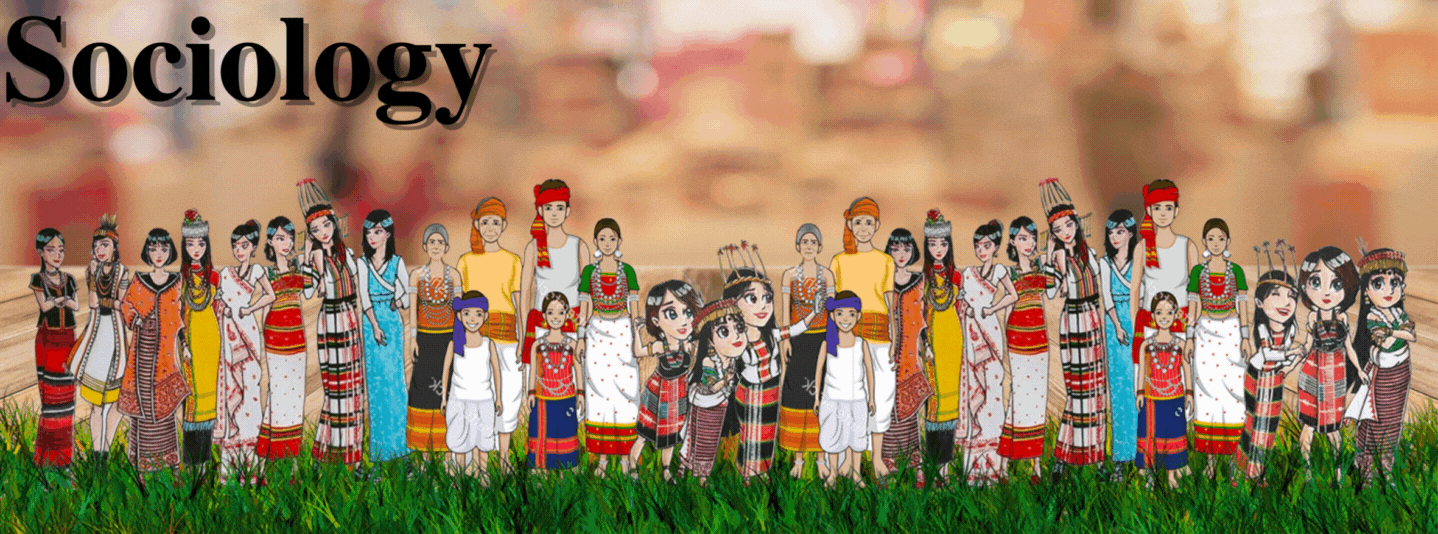The definition of the term “slum” varies depending on the interpretation of the prevailing housing situation. Usually, slums are those parts of the city which may be unfit for human habitation either because the structures there in are old, dilapidated, grossly congested and out of repair or because of lack of infrastructure facilities or because sites themselves are unhealthy (Slum Upgradation Program, 1985). The definition of slum varies with different countries, as the concept of slum has both physical as well as social aspects. The definition is derived after analysing the overall living condition, occupation and education of the people.
The various definitions of slums are as follows:-
1. A compact area of at least 300 populations or about 60-70 households of poorly built, congested tenements, in an unhygienic environment, usually with inadequate infrastructure and lacking in proper sanitary and drinking water facilities. (Census of India, 2001 and National Slum Policy)
2. Slums are neglected parts of cities where housing and living conditions are appallingly lacking. Slums range from high-density, squalid central city tenements to spontaneous squatter settlements without legal recognition or rights, sprawling at the edge of cities. (Source: The World Bank)
3. “A group of individuals living under the same roof that lack one or more of the following conditions: access to safe water; sanitation; secure tenure; durability of housing; and sufficient living area.” (Source: UN habitat)
4. A slum is building; a group of buildings or area characterised by overcrowding, deterioration, and lack of facilities or amenities endanger the health, safety of its inhabitants. (Source: UNESCO)
PROBLEMS OF SLUMS IN URBAN AREAS
A Slum, for Census, has been defined as residential areas where dwellings are unfit for human habitation by reasons of dilapidation, overcrowding, faulty arrangements and design of such buildings, narrowness or faulty arrangement of street, lack of ventilation, light, or sanitation facilities, or any combination of these factors which are detrimental to the safety and health.
Slums in urban areas are a critical issue that affects the socio-economic fabric of cities, posing significant challenges to urban planning, infrastructure, and public health. These densely populated areas are characterised by substandard housing, overcrowding, and a lack of basic amenities such as clean water, sanitation, and reliable electricity. The problems of slums are multifaceted and deeply rooted in issues of poverty, rapid urbanisation, and inadequate governance. Here are some of the issues faced by slum dwellers in urban areas are discussed below –
1. Overcrowding and Poor Living Conditions: Slums are often overcrowded, with many families living in small, makeshift structures. For example, Dharavi in Mumbai, one of Asia’s largest slums, has a population density of over 200,000 people per square kilometre, leading to severe overcrowding and poor living conditions.
2. Lack of Basic Amenities: Slum residents frequently lack access to clean water, sanitation, and healthcare. In Kibera, Nairobi’s largest slum, residents share a few toilets among thousands of people, leading to health risks and sanitation issues.
3. Health Issues: The unhygienic conditions in slums lead to the spread of communicable diseases. For instance, in the slums of Rio de Janeiro, Brazil, there is a high incidence of tuberculosis and dengue fever due to overcrowding and poor sanitation.
4. Unemployment and Poverty: Many slum dwellers are employed in the informal sector, with low-paying and unstable jobs. In the slums of São Paulo, Brazil, high unemployment rates and a lack of formal education contribute to a cycle of poverty.
5. Environmental Degradation: Slums often lack proper waste management, leading to environmental pollution. The slums of Manila, Philippines, contribute to the pollution of the Pasig River due to the disposal of waste in the water.
6. Social Stigma and Discrimination: Slum residents may face social stigma and discrimination, limiting their access to services and opportunities. In the United States, residents of urban slums like the South Side of Chicago face systemic racism and discrimination that hinder social mobility.
7. Legal and Policy Challenges: Slums are often built on land without legal permission, making it difficult for governments to provide services or enforce regulations. The informal settlements in Johannesburg, South Africa, face eviction threats due to their illegal status.
8. Impact on Vulnerable Sections: Women and children in slums are particularly vulnerable to violence, exploitation, and health risks. In the slums of Delhi, India, women face higher risks of violence and limited access to healthcare, especially reproductive health services.
These problems are not unique to any one country or city but are a global phenomenon that requires concerted efforts from governments, NGOs, and international organisations. Addressing the issues of slums requires a holistic approach that includes improving housing conditions, providing basic amenities, creating employment opportunities, and ensuring access to justice and social services. It also involves inclusive urban planning that takes into account the needs of the urban poor and promotes sustainable development.


Post a Comment